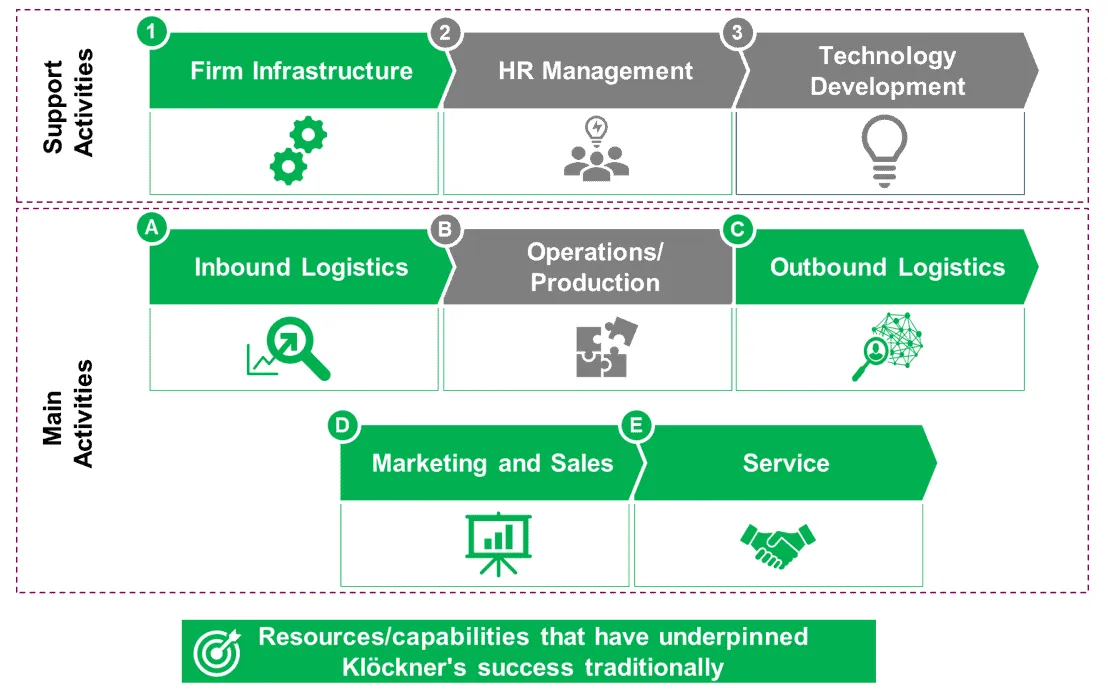Gisbert Rühl: Leading Digital Transformation at Klöckner & Co - Case Solution
This Gisbert Rühl: Leading Digital Transformation at Klöckner & Co case study discusses the company, which is engaged in the distribution of steel and metal globally. It looks into how the company has grown over the years. As the company plans for a digital transformation, its CEO Gisbert Rühl fears the global challenges that the future may bring. With the prevalence of digital technology, How would the CEO tackle this opportunity and prepare himself and the company for this transition?
Case Questions Answered
- What are the resources and capabilities that have underpinned Klöckner & Co's success traditionally?
- What new resources and capabilities must they build as they undergo digital transformation?
- Where do you think they will face the biggest challenges as they move forward with the implementation of this change? Do the main challenges involve changing or developing resources or capabilities?
1.) What are the resources and capabilities that have underpinned
Klöckner & Co’s success traditionally?
Resources and capabilities that have contributed to Klöckner & Co.’s success are analyzed according to Porter’s Value Chain Framework. This framework analyzes activities through which firms create competitive advantage and is ideal for established/mature companies (Porter, 1985).
Figure 1 below highlights the core activities that created value for Klöckner and its customers.

Figure 1: Core resources/capabilities that have underpinned Klöckner’s success traditionally
More specifically:
Firm Infrastructure : Klöckner & Co. could offer a growing and diversified product portfolio due to factory capacities.
Since the late 30s, Klöckner was recognized as one of the “Big 5” in their industry because of the quantities they could supply and their revenue.
Marketing and Sales : On top of producing and selling a diversified product portfolio, Klöckner also developed a geographically diversified customer network.
With over 150 worldwide branches, Klöckner could create and sustain long-term partnerships with customers regardless of their region. They used to sell to European, Latin American, and Asian customers (Korotov, 2019).
Product and customer diversification are important because the portfolio yields higher returns at lower risk. The worldwide reputation and the brand name created and sustained their competitive advantage.
Service : Klöckner & Co developed a “full-service provider” capability instead of the traditional service orientation. They could provide tailor-made solutions to every customer.
Inbound Logistics : The company was aiming for…
Complete Case Solution
Get immediate access to the full, detailed analysis
- Comprehensive answers to all case questions
- Detailed analysis with supporting evidence
- Instant digital delivery (PDF format)
Secure payment • Instant access
By clicking, you agree to our Terms of Use, Arbitration and Class Action Waiver Agreement and Privacy Policy